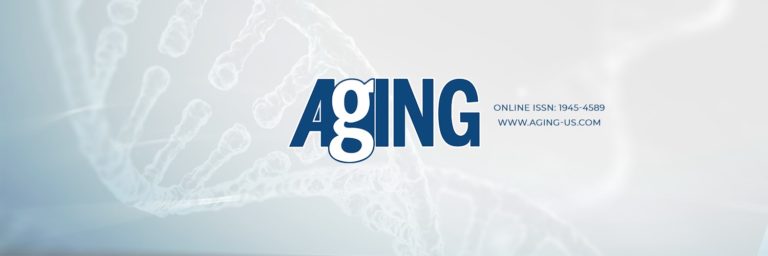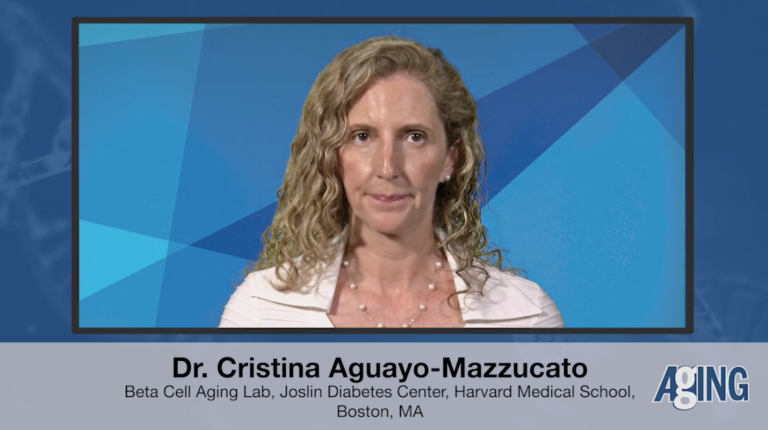Biomarker Detects Hepatocellular Carcinoma in Liver Cirrhosis
Genes & Cancer
July 30, 2022Researchers developed an artificial intelligence-based process to differentiate hepatocellular carcinoma (HCC) from cirrhotic tissues and investigated potential biomarkers that may predict the risk of HCC in patients with cirrhosis.
Currently, in the United States, researchers have estimated approximately one in every 400 adults have liver cirrhosis. Cirrhosis is scarring (fibrosis) caused by chronic liver damage. Most often, liver cirrhosis results from hepatitis (and other viruses). However, this condition can also be caused by factors such as excessive alcohol consumption, nonalcoholic fatty liver disease and metabolic disorders. Cirrhosis causes the liver to stop working properly and can lead to other serious health problems, including liver failure and cancer.
“Hepatocellular carcinoma (HCC) is the primary form of liver cancer and a major cause of cancer death worldwide. Yet, early diagnosis is challenging, especially in patients with cirrhosis, who are at high risk of developing HCC.”
Hepatocellular Carcinoma (HCC)
“HCC due to viral hepatitis has been declining; however, the incidence of HCC has been increasing due to the global increase in metabolic risk factors, such as diabetes, obesity, and hyperlipidemia [1–3].”
The majority (80%-90%) of new hepatocellular carcinoma (HCC) cases occur in patients with liver cirrhosis. Since HCC mostly occurs in the background of cirrhosis, identifying patients with cirrhosis who are at high-risk of HCC is key for improving patient outcomes. The standard HCC surveillance method for patients with cirrhosis—ultrasound—has limited sensitivity in patients with obesity. Therefore, there is an increasing need to identify biomarkers that can predict the risk of HCC in patients with liver cirrhosis.
“In cases where the suspicious nodules cannot be conclusively classified as HCC from non-invasive imaging, biopsy remains the standard.”
In a 2022 study in Genes & Cancer, researchers (from Northwell Health, The George Washington University, Georgetown University Medical Center, University of Hawaii, University of Hawaii Cancer Center, Zucker School of Medicine at Hofstra, North Shore University Hospital, University of Maryland, and Albert Einstein College of Medicine) developed an artificial intelligence-based process to differentiate HCC from cirrhotic tissues. This team (Sobia Zaidi, Richard Amdur, Xiyan Xiang, Herbert Yu, Linda L. Wong, Shuyun Rao, Aiwu R. He, Karan Amin, Daewa Zaheer, Raj K. Narayan, Sanjaya K. Satapathy, Patricia S. Latham, Kirti Shetty, Chandan Guha, Nancy R. Gough, and Lopa Mishra) also investigated potential biomarkers that may predict the risk of HCC in patients with cirrhosis. On June 6, they published their research paper in Volume 13, entitled, “Using quantitative immunohistochemistry in patients at high risk for hepatocellular cancer.”
The Study
Studies have previously shown that a loss of function or dysfunction of the transforming growth factor β (TGF-β) pathway occurs in HCC. Thus, the researchers in this study proposed that changes in TGF-β receptors (TGFBR) could be biomarkers of HCC. They also proposed that the quantity of changes in TGFBR1 and TGFBR2 may be used to predict the presence of HCC in cirrhotic tissue.
In order to compare TGFBR quantities in cirrhotic versus HCC tissues, the team used quantitative immunohistochemistry (IHC). (IHC is a method of analysis that uses fluorescent antibodies to target and identify specific antigens within biological tissues.) To overcome variability among patient populations and sample preparation, patient specimens were derived from biorepositories at three separate institutions: George Washington University, the University of Maryland and the University of Hawaii. Researchers analyzed tissue samples from patients with HCC or cirrhosis without HCC.
“Here, using quantitative immunohistochemistry analysis of samples from a multi-institutional repository, we evaluated if differences in TGF-β receptor abundance were present in tissue from patients with only cirrhosis compared with those with HCC in the context of cirrhosis.”
First, the researchers individually tested the diagnostic potential of TGFBR1 and TGFBR2 staining intensity. IHC determined that TGFBR2, and not TGFBR1, was significantly reduced in HCC tissue compared with cirrhotic tissue. Reduced TGFBR2 was consistently found in regions near tumor tissue in patients with HCC. Next, the team validated their IHC findings using automated image analysis based on a model created with deep-learning algorithms and artificial intelligence. To determine biomarker sensitivity, specificity and accuracy, the researchers tested the diagnostic potential of the TGFBRs together by logistic regression modeling at multiple thresholds.
“We developed an artificial intelligence (AI)-based process that correctly identified cirrhotic and HCC tissue and confirmed the significant reduction in TGFBR2 in HCC tissue compared with cirrhotic tissue.”
Conclusion
“Thus, we propose that a reduction in TGFBR2 abundance represents a useful biomarker for detecting HCC in the context of cirrhosis and that incorporating this biomarker into an AI-based automated imaging pipeline could reduce variability in diagnosing HCC from biopsy tissue.”
Quantitative immunohistochemistry is a powerful tool that may be used to detect the early stages of HCC in tissue biopsies. TGFBR2 may be a useful biomarker that can help to identify cirrhotic patients who are likely to develop HCC. However, a single biomarker is still not sufficient enough to diagnose high-grade dysplastic nodules, well-differentiated HCC and poorly differentiated HCC. The researchers suggest that future studies are needed to determine the reduction in TGFBR2 and whether it is associated with precancerous nodules or with well-differentiated or poorly differentiated HCC.
“Our findings support further analyses to determine if this reduction is an early occurrence that can be used diagnostically in combination with other morphological characteristics or biomarkers to detect HCC at early stages in high-risk patients.”
Click here to read the full research paper, published by Genes & Cancer.
—
Genes & Cancer is an open-access journal that publishes original studies and reviews relevant to all aspects of cancer research, signal transduction and developmental biology. Open-access journals have the power to benefit humanity from the inside out by rapidly disseminating information that may be freely shared with researchers, clinicians, friends, and families around the world.
For media inquiries, please contact media@impactjournals.com.

